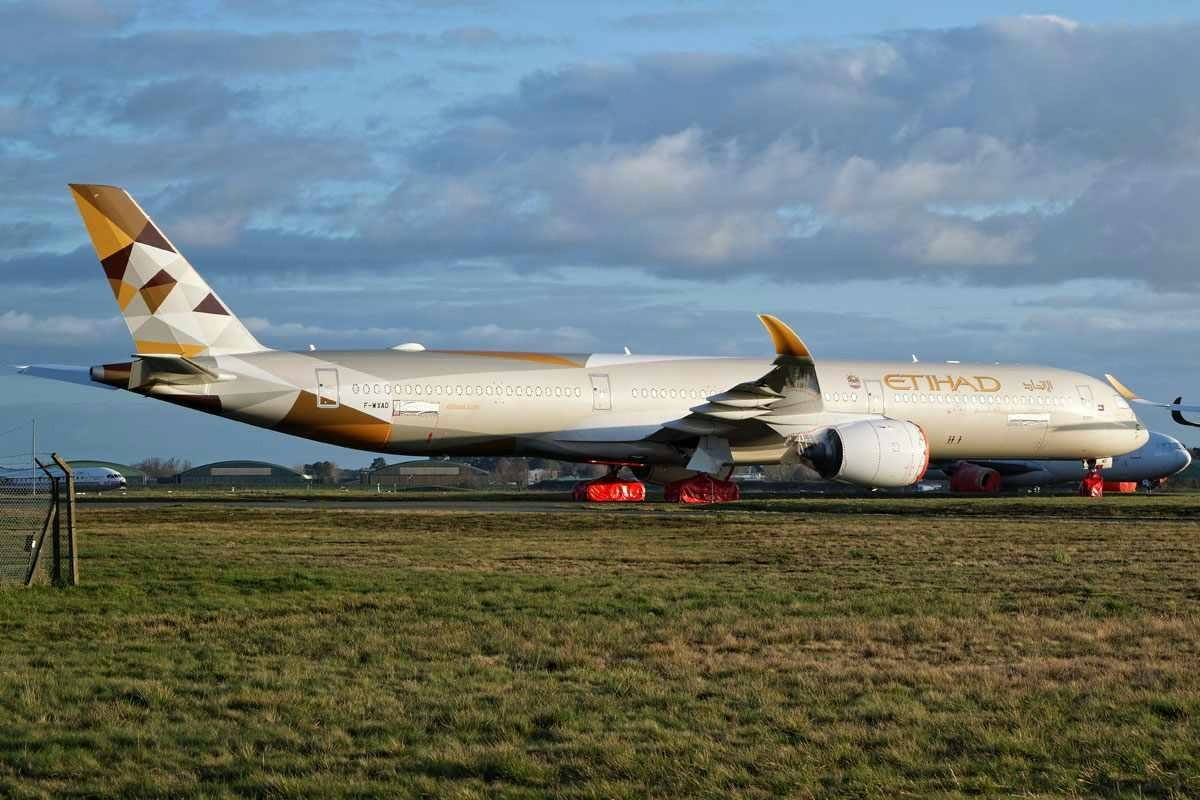
AeroGenie: il tuo copilota intelligente.
Tendenze
Categories
CAA-accredited drone hub speeds manufacturers to market
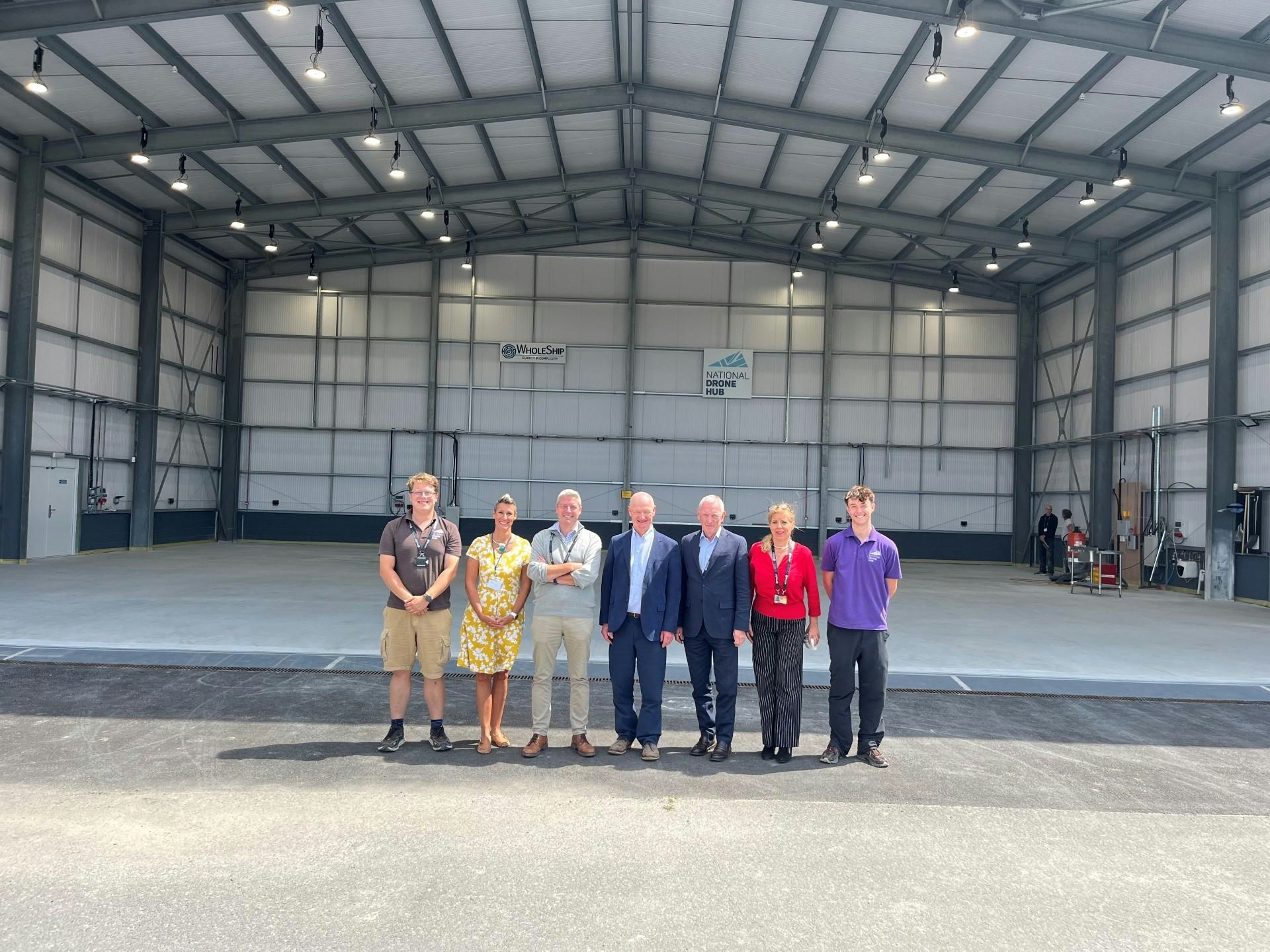
CAA-Accredited Drone Hub Accelerates UK Manufacturers’ Route to Market
WholeShip Ltd’s National Drone Hub has become the United Kingdom’s first Civil Aviation Authority (CAA) accredited Test and Evaluation site for drones, marking a significant advancement for the country’s autonomous aviation sector. This accreditation substantially reduces approval times for manufacturers seeking to test their aerial systems, providing a streamlined and controlled environment for validating emerging drone technologies.
A Premier Testing Facility with Extensive Capabilities
Situated on a 320-hectare Ministry of Defence airfield in Cornwall, the National Drone Hub offers access to over 8,000 square kilometres of segregated airspace, making it one of the largest drone testing sites in Europe. Developed by the Cornish SME WholeShip Limited and operated in partnership with the Royal Navy, the facility supports the rapid development of next-generation autonomous systems for both civil and military applications. This unique combination of scale and strategic collaboration positions the Hub as a critical asset in advancing drone innovation.
The CAA’s endorsement is expected to accelerate the transition from concept to commercial deployment for drone manufacturers. By facilitating faster, safer, and more efficient testing, the Hub enhances the UK’s standing as a global leader in autonomous aviation. Sophie O’Sullivan, Director of Future Safety & Innovation at the CAA, emphasised the importance of the facility, stating, “We’re working with industry to make drone operations beyond visual line of sight a safe and everyday reality. WholeShip’s National Drone Hub, as the first pre-assessed test site in the UK, is an important milestone—enabling safer, more efficient testing and a simpler, expedited approvals process.”
Industry and Government Endorsements
The development has been widely welcomed by industry leaders and government officials alike. During a recent visit, the Rt Hon Lord David Willetts highlighted the Hub’s role in fostering collaboration among industry, government, academia, and regulators to inform regulatory change and accelerate the adoption of autonomous technologies in the UK. Lord John Hutton, Chair of the Cornwall and Isles of Scilly Economic Forum, described the Hub as “a powerful example of how the UK can lead in emerging technologies through bold collaboration and forward-thinking regulation.”
Despite the clear advantages offered by the CAA accreditation, manufacturers continue to face challenges such as navigating evolving regulatory landscapes, keeping pace with rapid technological advancements, and contending with intensifying market competition. The streamlined approval process is likely to encourage competitors to expand their drone capabilities, invest in innovation, and seek greater market share, potentially accelerating the sector’s overall development.
Market responses will depend on how effectively companies align with new regulatory frameworks and capitalise on the Hub’s resources. As the UK’s autonomous aviation ecosystem matures, the National Drone Hub’s infrastructure and expertise are poised to play a pivotal role in advancing the safe integration of drone technology into national airspace, while upholding the highest standards of safety and compliance.
With its CAA accreditation, WholeShip’s National Drone Hub stands at the forefront of the UK’s efforts to modernise airspace management and foster innovation, offering manufacturers a competitive advantage in a rapidly evolving global market.
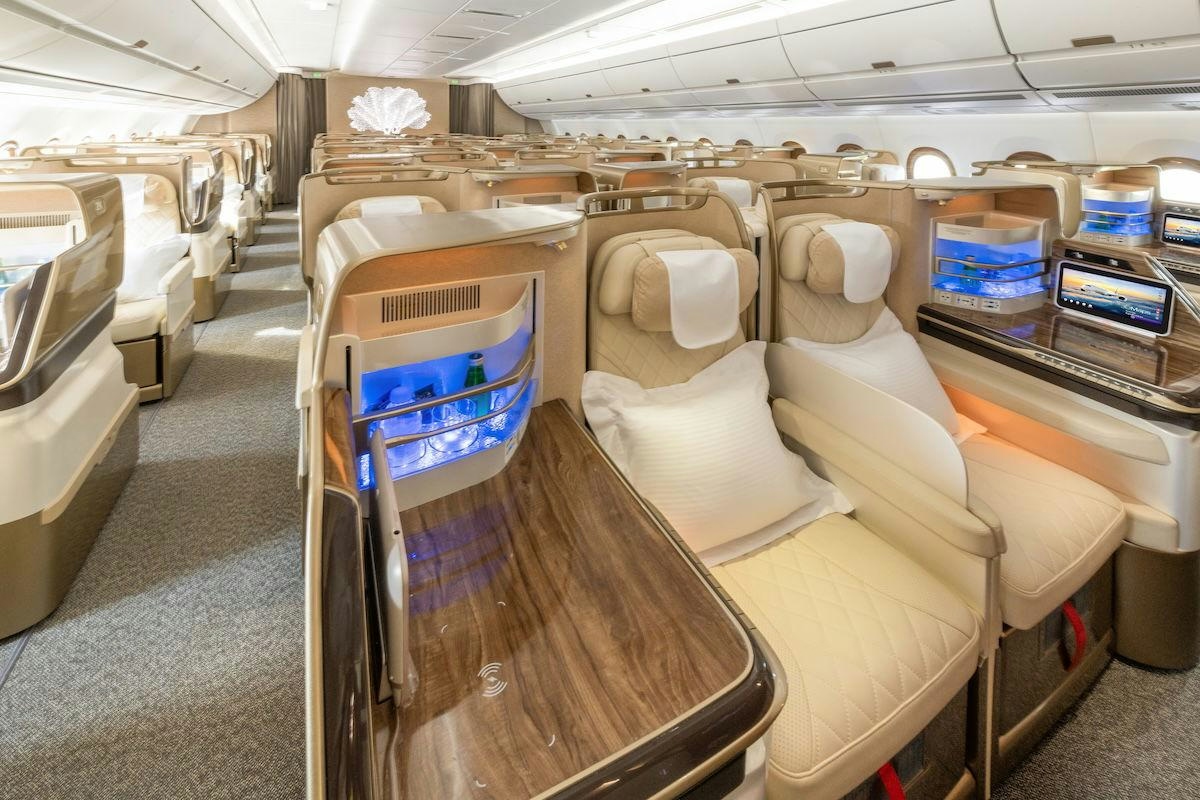
Emirates Plans to Order at Least 30 Airbus A350-1000 Jets
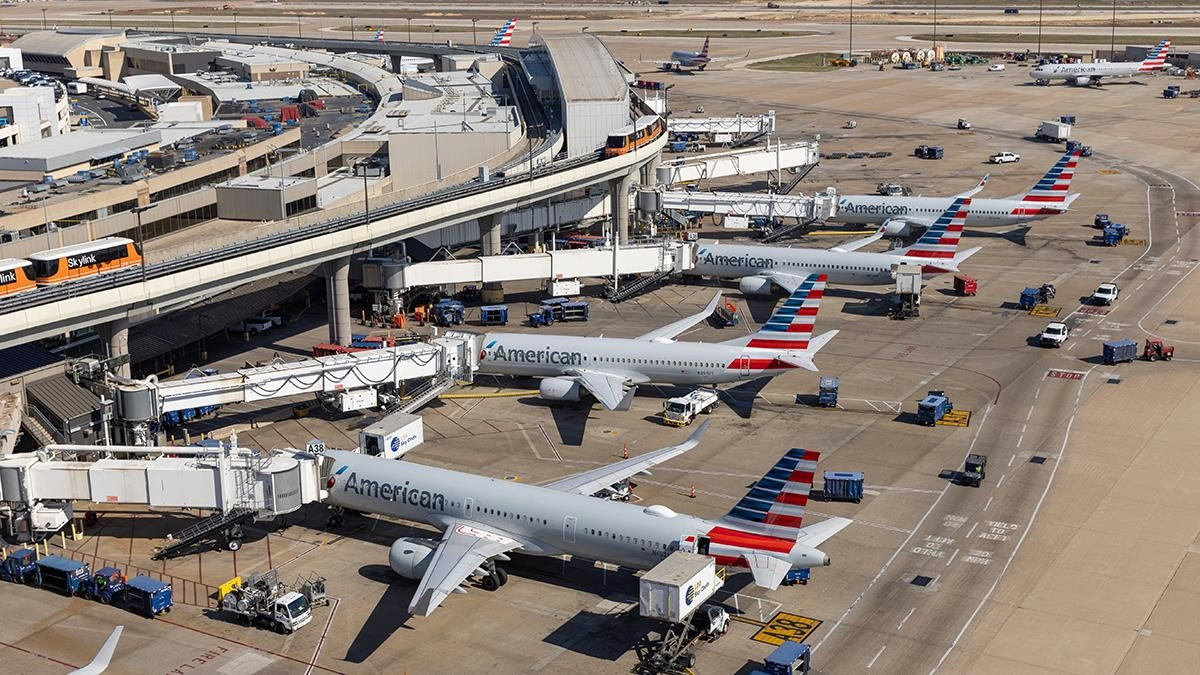
Airline to Operate World’s Largest Mainline Fleet in 2025
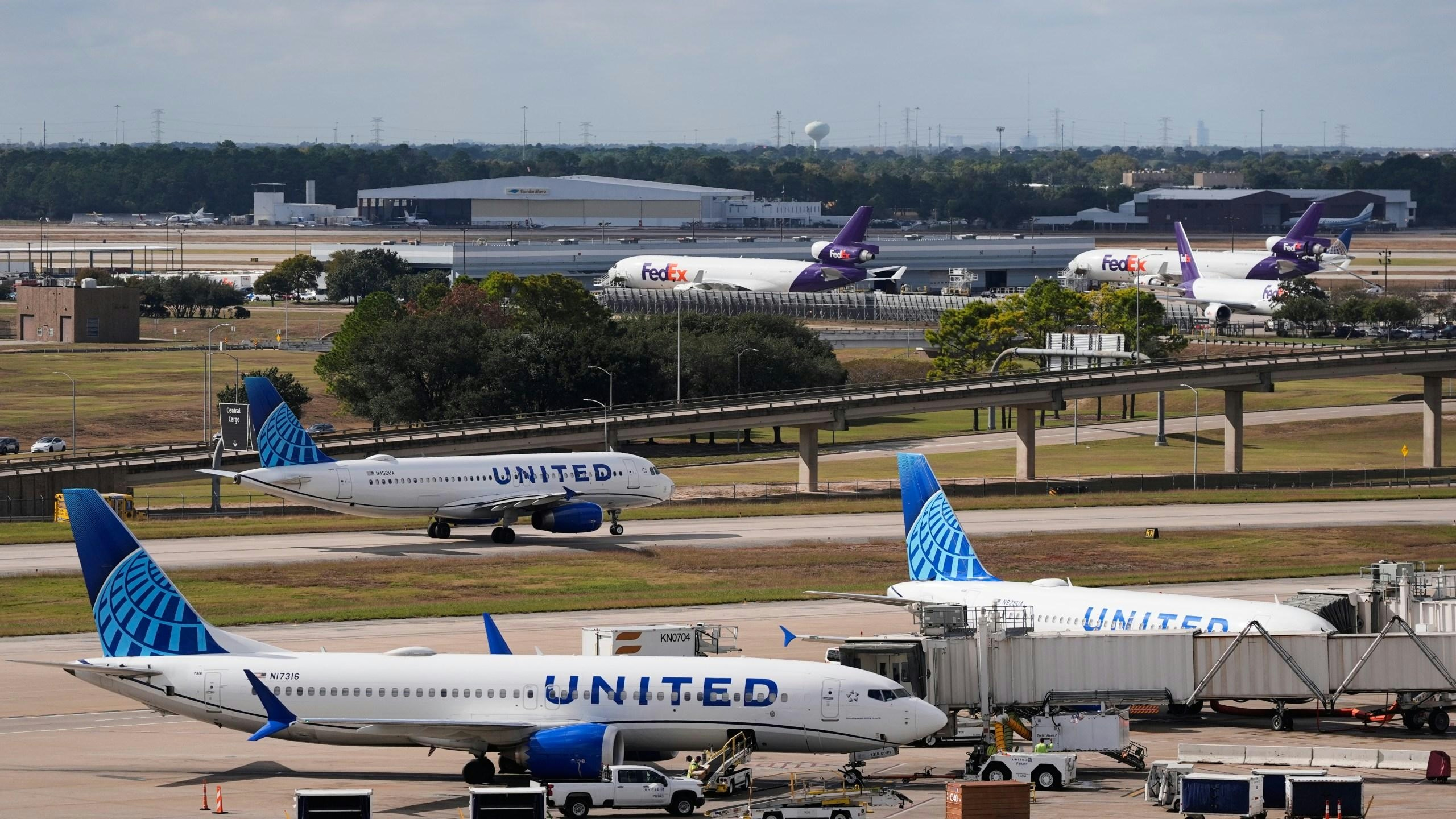
FedEx Anticipates Limited Impact from MD-11 Grounding

Pratt & Whitney Opens European Center Focused on Sustainable Propulsion
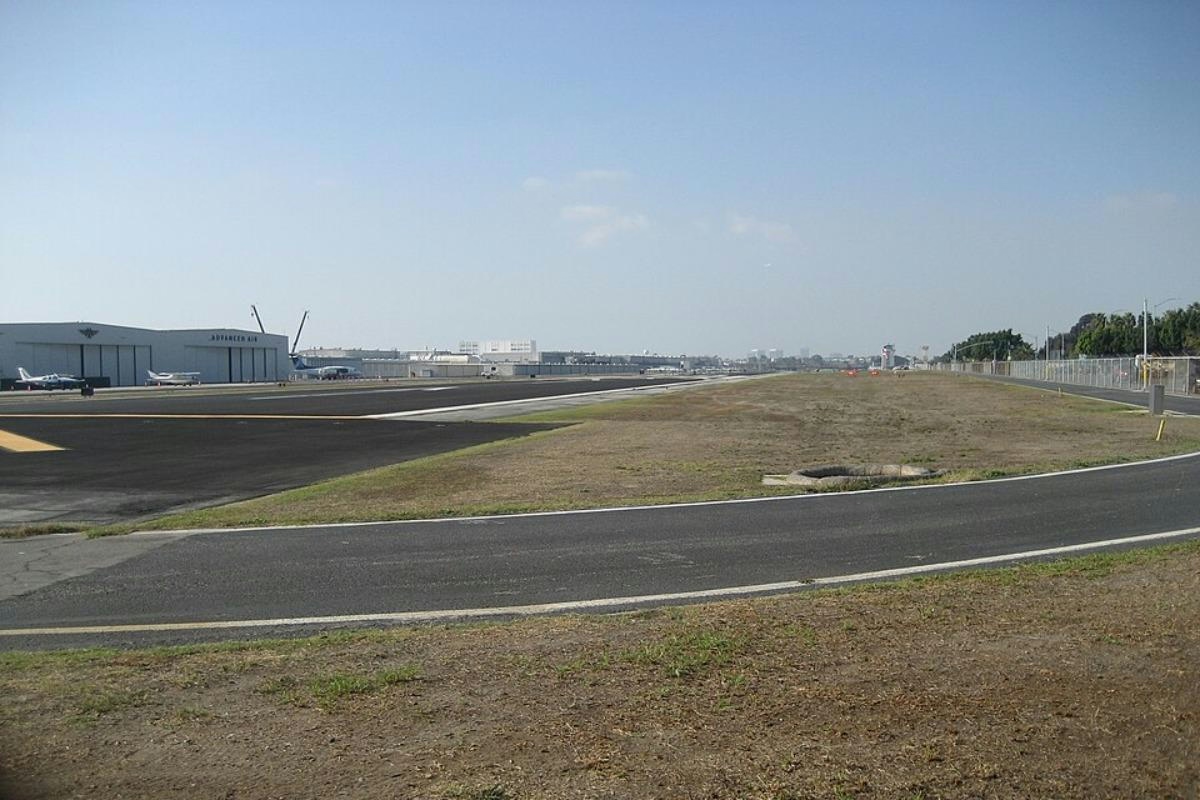
Archer Aviation Acquires Hawthorne Airport for $126 Million
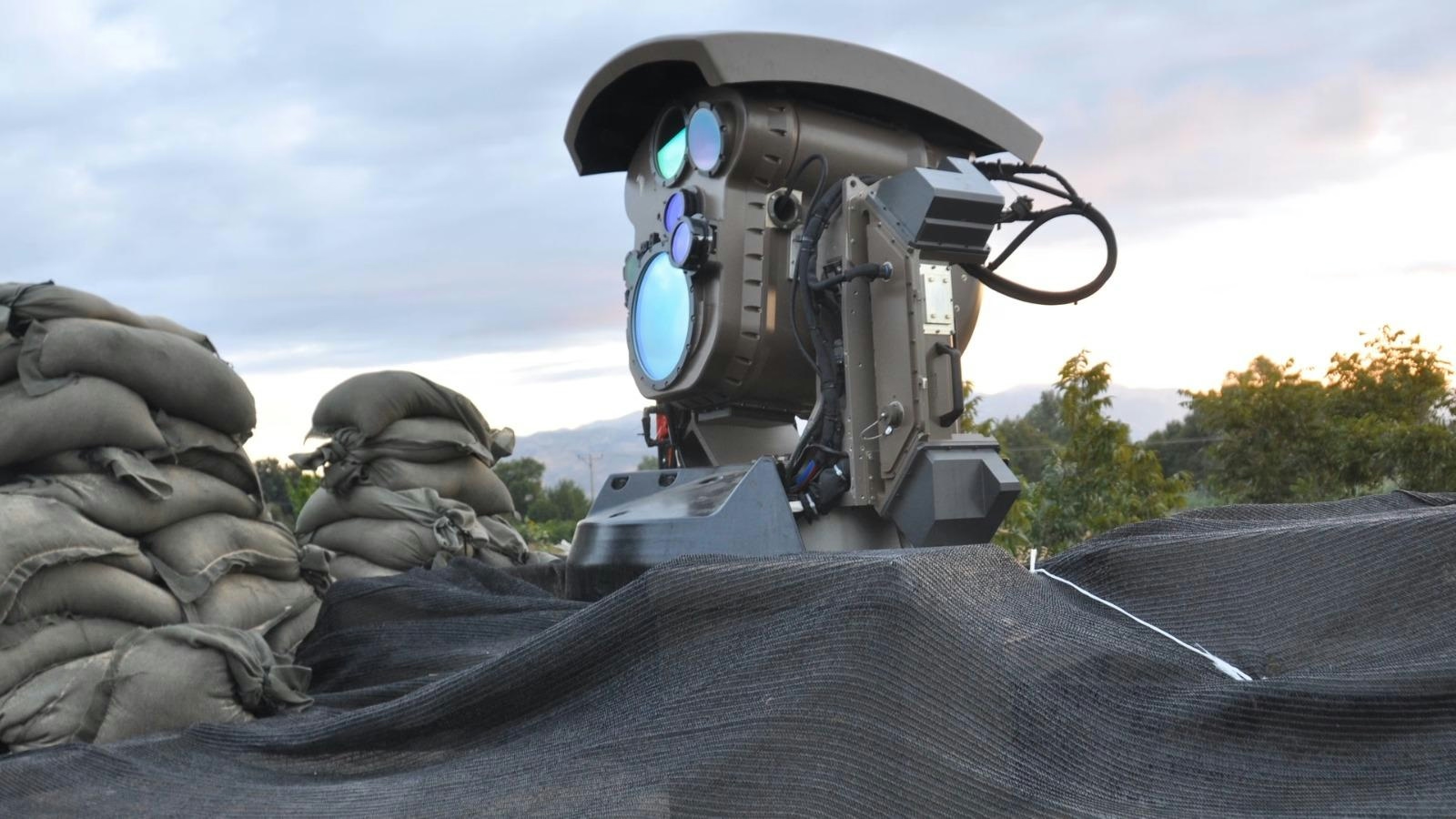
Israel’s Iron Beam Laser System Receives 2026 Aviation Week Laureate Award

Vertical Aerospace Advances Air Taxi Program with New UK Flight Approval

IAE Commits to GTF Engines for Future Narrowbody Aircraft
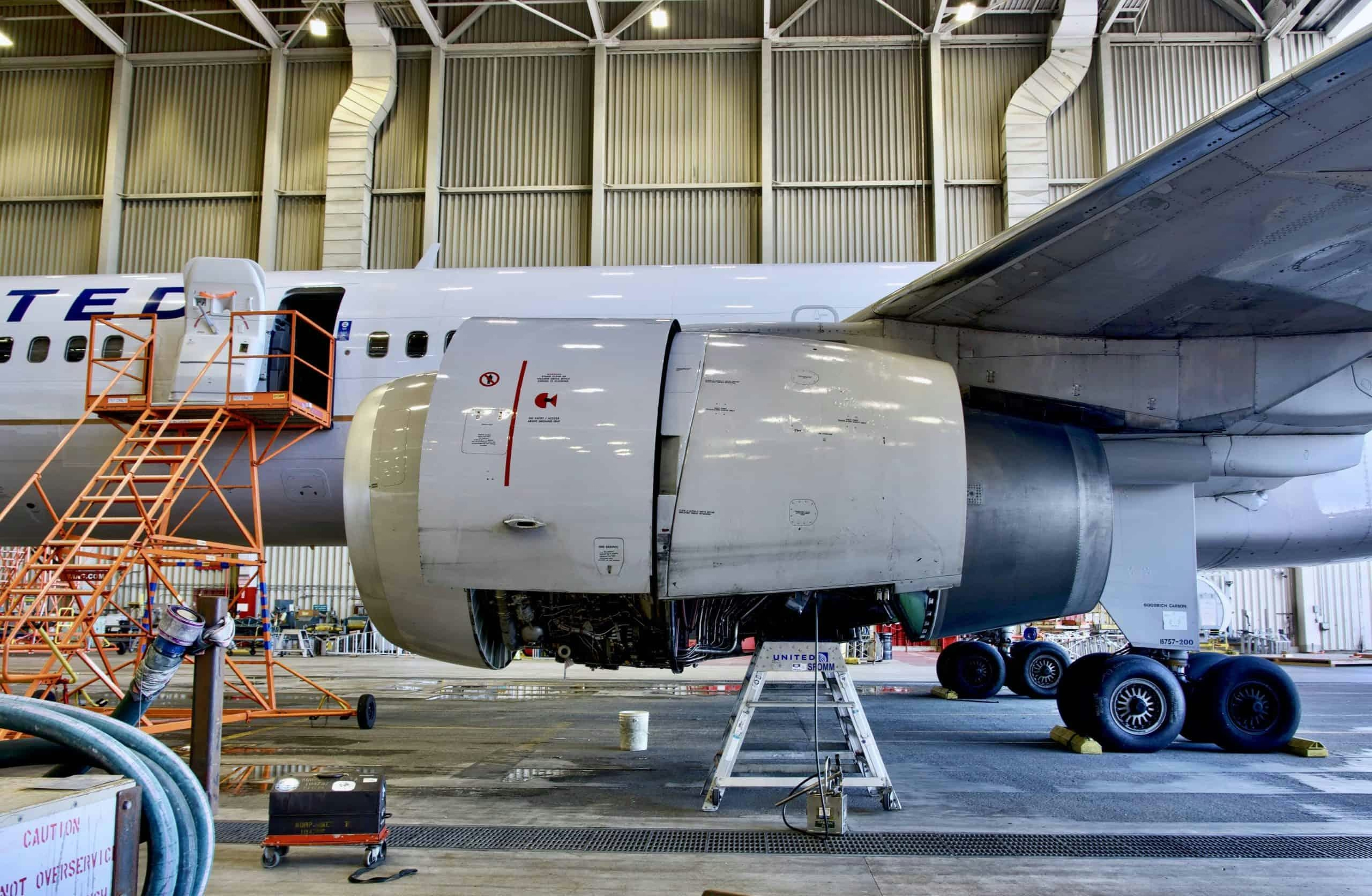
Why United Airlines Continues to Operate Its Aging Boeing 757s
